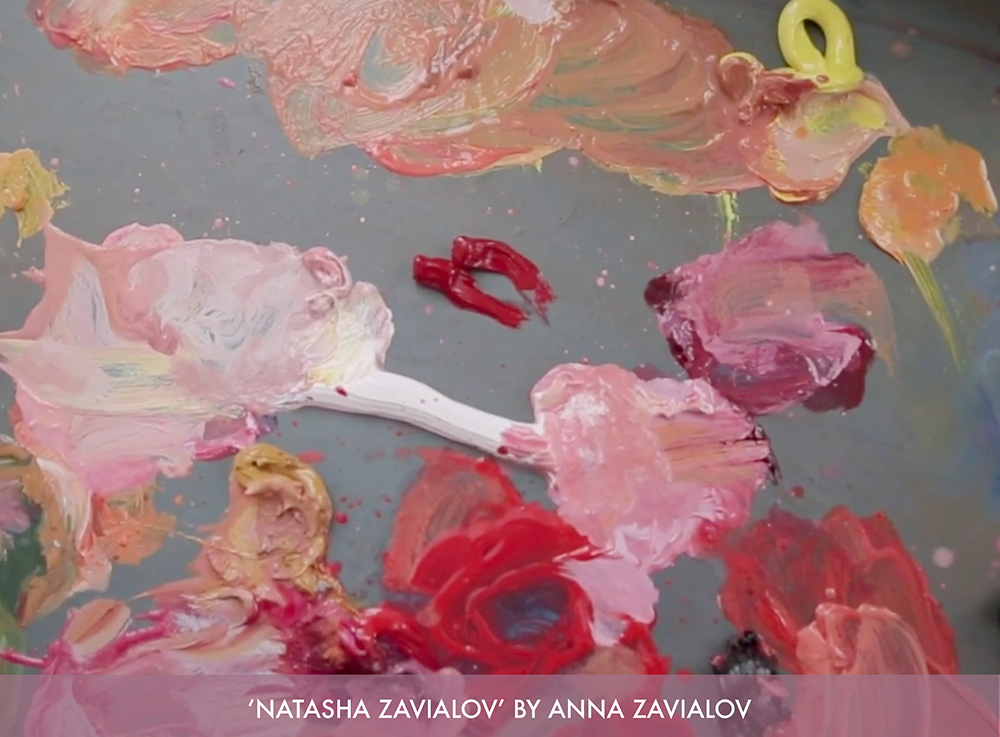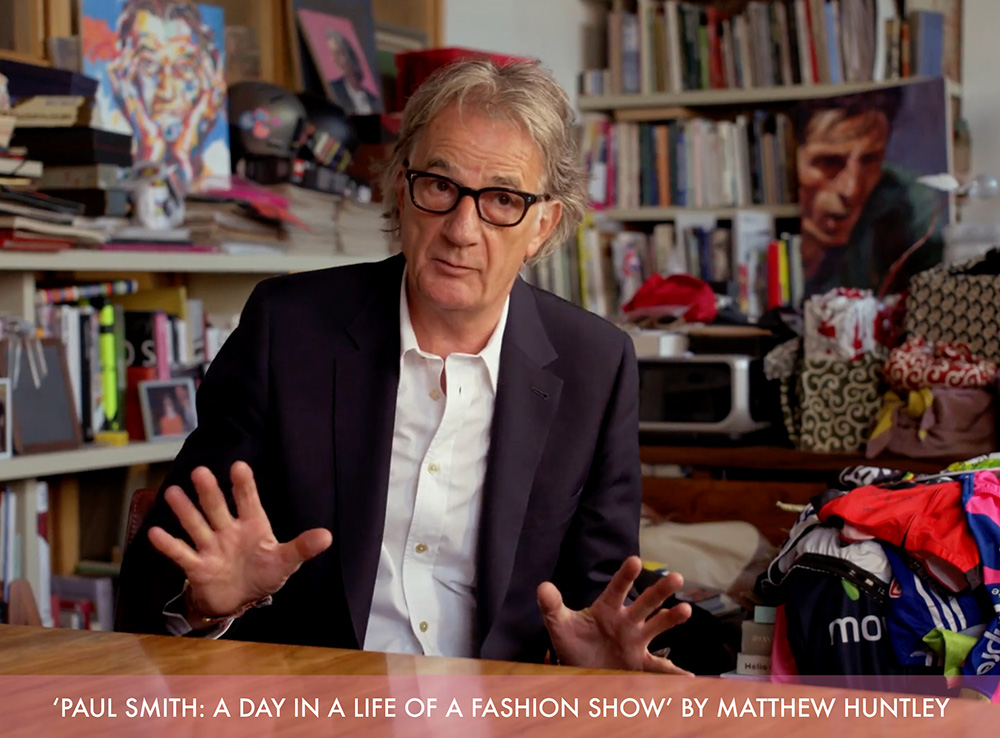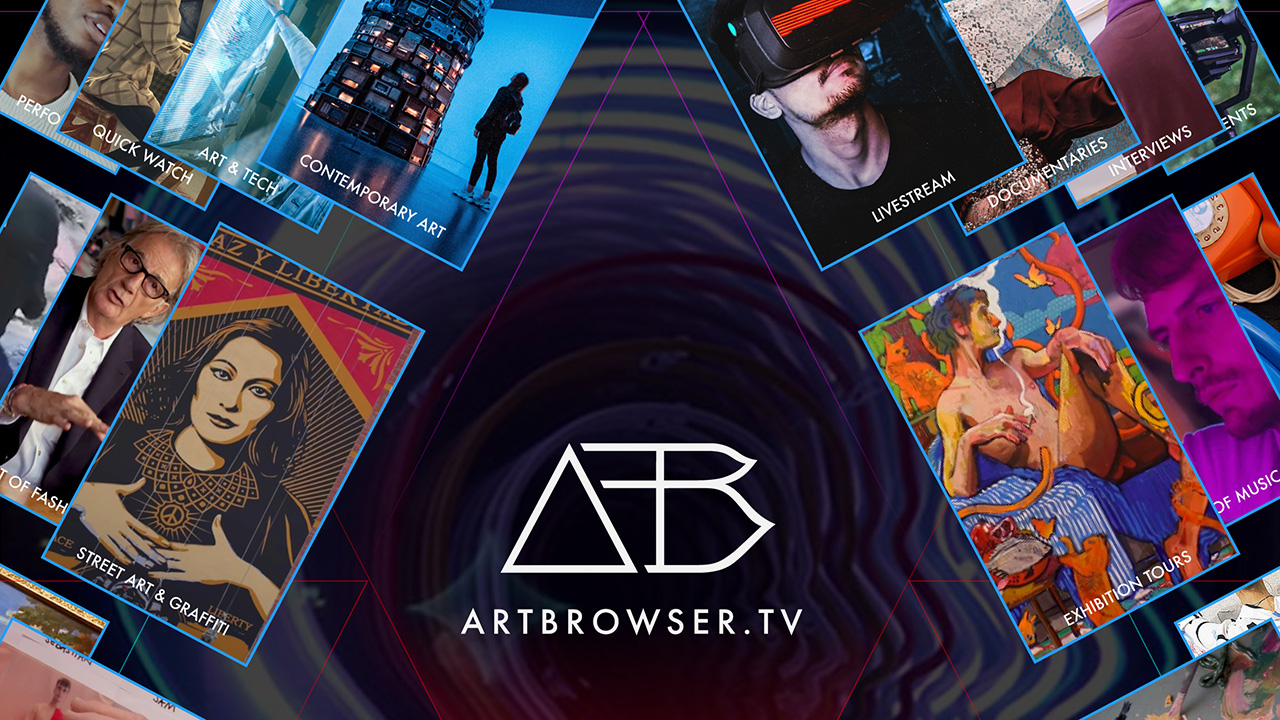Like most sectors, much of the art world found itself pivoting online in 2020. In the wake of COVID-related lockdowns, cultural organizations sought fresh ways to reach audiences through virtual exhibitions, online programming, and social media and livestreaming content on platforms like YouTube, Twitch, and Instagram Live. To Omar Ahmed, this “new structural shift in the arts was overdue with technology, social media, and digital content now playing a bigger role.” It’s why he, along with Rohit Shetty, launched ArtBrowser TV (ABTV) in January. An arts streaming channel, the free service doesn’t just intend to make art accessible, but has its eye on building “a sustainable ecosystem as we adjust to the new normal.”
Originally founded as a social discovery platform that gathered art-lovers around art, ArtBrowser set out to address two key issues: to tamp down the intimidation factor often associated with art and cultural institutions, and to provide up-and-coming artists a platform to sell their work at 0% commission. Born from the same aims, ABTV was always in the founders’ view as a natural growth of ArtBrowser; and in the wake of last year’s lockdowns and losses, its arrival was accelerated.
The ABTV app will soon be available on all streaming devices, offering content that covers an array of subjects not limited to art, fashion, and technology. For now, visitors to the online channel can stream content like the Sprayflix series that explores street art, a documentary short trailing designer Paul Smith through one busy day, and One Minute Wonder episodes that spotlight creators from Erykah Badu to Peter Blake.


The channel is currently streaming an array of content covering visual art, fashion, music, and technology, including documentary shorts on designer Paul Smith, street art practitioners, and the Bristol public art scene. Image: ABTV
Why it matters
Creating new streams — For arts and cultural players, going digital has meant competing with a host of other online entertainment outlets from streaming services to gaming platforms for an audience’s attention. As far back as July 2020, the Italian cultural ministry was already proposing a “Netflix of Italian culture.” ABTV’s offering lands it in between arts and culture channels like NOWNESS and Vice, and streamers like Netflix and Hulu — a space that is bound to grow. “We will definitely be in competition with other broadcasting platforms,” Shetty tells Jing Culture & Commerce, “and that’s where we are trying to innovate, not only with the content we have to offer on ABTV, but also some of the features, like livestreaming, which will come into play.”
Supporting independent cultural players — Also key to ABTV’s USP? Its focus on a “grassroots culture level,” says Ahmed: “Content curation for ABTV is currently sourced directly from either independent artists, filmmakers, studios, or galleries.” The co-founders see partnerships with artists and cultural organizations in ABTV’s future, which might go some way to helping emerging talents and smaller galleries find new audiences in a crowded digital landscape. “We’ll always be working with fresh creatives and artistic talent to support their content and get it in front of the ABTV audience where it fits,” he adds.
Making art accessible — Like most other virtual art initiatives, accessibility is a cornerstone of ABTV, which endeavors to connect artists to audiences and audiences to art. Additional functionality and physical pop-up events are also in the pipeline. The hope, says Shetty, is to build “an ecosystem when it comes to arts and culture, bringing all the players connected to the world of art together in one place.”



